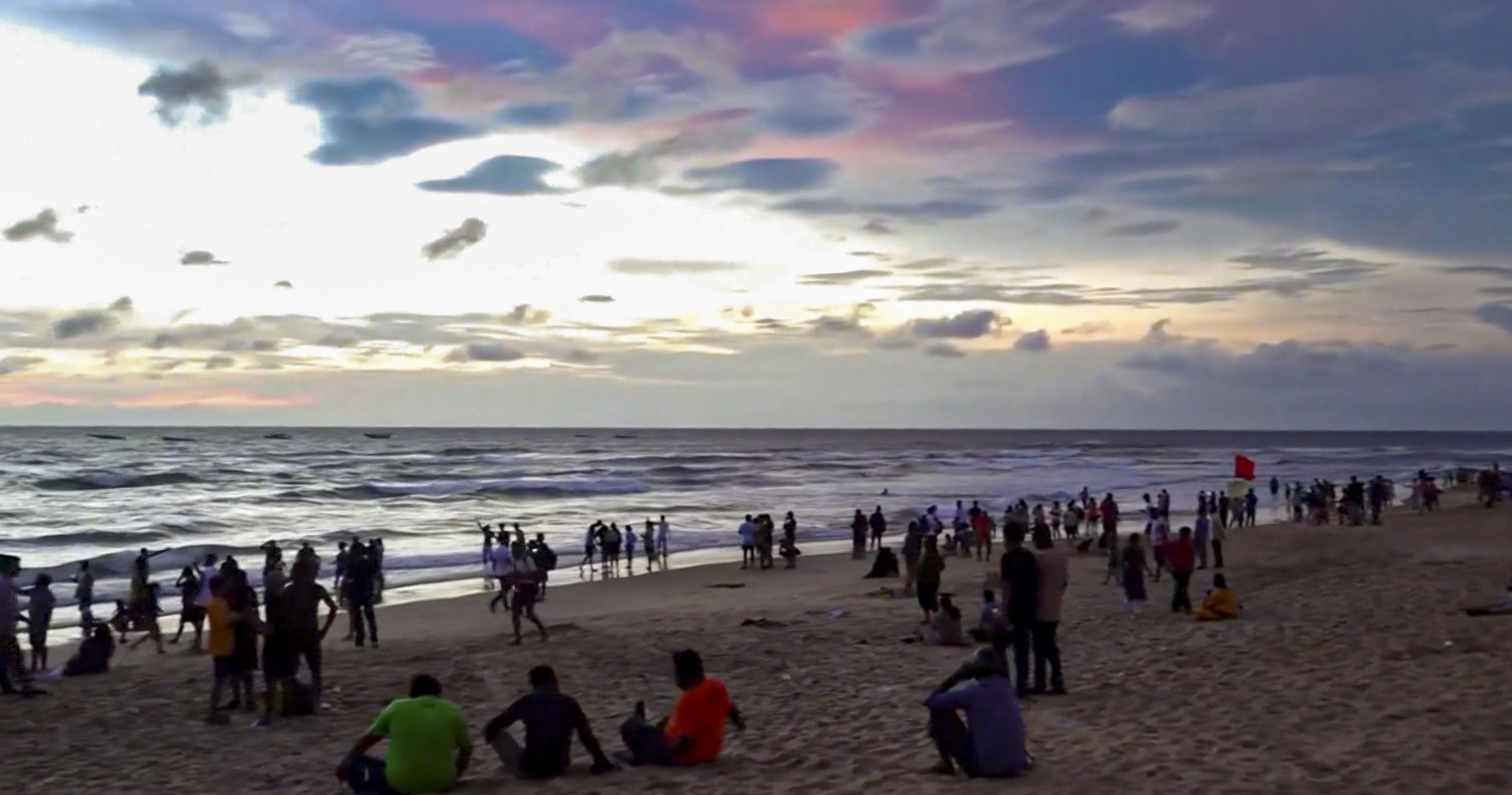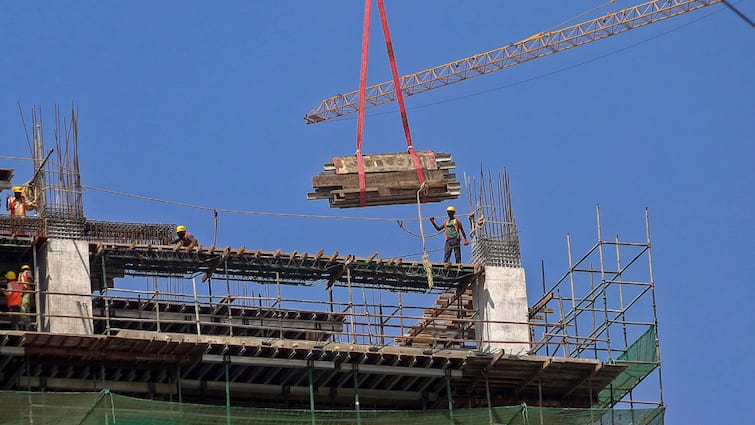
How Goa’s holiday homes have weathered the pandemic
Live MintHeta Pandit has seen Goa’s character change drastically since she made it her home in 1995. “And lots and lots of people,” says the 66-year-old resident of north Goa’s Saligao who chairs the Goa Heritage Action Group, a non-profit dedicated to preserving the built and natural heritage of the country’s smallest state. “Goan village communities are shrinking into their shells; they are unable to cope with the onslaught.” The onslaught she’s referring to is the massive influx, over the years, of people with disposable income looking for a break from the city—a trend that has only picked up steam since Goa opened its borders post-lockdown and many more Indians from outside the state decided to shift base, temporarily or permanently, to work from a more scenic location. As Gracias puts it, “Many love the Goan landscape and its idyllic sensibilities, but because of rampant construction of real estate that nobody lives in, that Goa is in an endangered state of existence.” The real estate market in Goa functions like much of the rest of the state’s economy, effectively unregulated and filled with scams and illegalities, says writer-photographer Vivek Menezes, a resident of Miramar. “In this arena, Goa is suffering from an abysmal lack of governance and administrative incompetence.” The real estate boom is also threatening the nature of coastal towns and villages where these homes are built.
History of this topic

Properties worth ₹50 lakh: Here’s what you can buy in Mumbai and MMR
Hindustan Times
Bollywood landlords: 5 celebrities who have rented out their properties in Mumbai
Hindustan Times
Mumbai real estate market: 5 luxury apartment deals that cost ₹100 crore and above
Hindustan Times
Goa Developer Taps Second-Home Market in Sri Lanka
Live Mint
Mumbai real estate: Residential property sales dip 14.79% in September
Hindustan Times
India’s Real Estate Market: A $10 Trillion Powerhouse by 2047
The Hindu
Hyderabad records over 54,000 home sales worth more than ₹33,000 crore so far in 2024: Report
Hindustan Times
Real estate sales in H12024: Mumbai luxury housing deals drive growth, most buyers in 35-55 age bracket
Live Mint
Housing sales down 6% in April-June quarter; new supply remains flat in top 8 cities: PropTiger
Hindustan Times
Mumbai sells record ₹12,300 cr of luxury homes in Jan-June period as buyers upgrade to bigger apartments
Live Mint
Luxury realty booms: Homes above Rs 1 cr now 41% of India's housing sales
Business Standard
Luxury homes above ₹1 crore witness 41% growth in sales; affordable housing sales decline
Hindustan Times
From Karishma Kapoor to Amitabh Bachchan, here’s why Bollywood stars prefer to invest in commercial properties
Hindustan Times
Actress Parul Gulati slammed for buying house in Goa, turning it into Airbnb rental for ₹40,000 a day
Hindustan Times
Homes worth ₹1.11 lakh crore sold during Jan-Mar 2024; Up by 68% in value terms: Report
Hindustan Times
Luxury homes priced above ₹50 crore and above witness a 1.5X y-o-y increase; Mumbai dominates demand
Hindustan Times
Real estate sector expected to touch a market size of $1.3 trillion by FY2034: Credai
Hindustan Times
5,411 residential properties worth ₹3279 crore registered in Hyderabad in Jan
Hindustan Times
Goa remains the top choice for rich Indians to invest in vacation homes
Hindustan Times
Have a crore to invest in a second home in Goa? Here’s what you should know
Hindustan Times
Property sale registrations touch decadal high in Nov 2023
Hindustan Times
Residential sales in eight cities second highest in a decade in H1 2023
Hindustan Times
Affordable housing breaks ground
The Hindu
Premium home boost to India's housing market, overall sales at 9-year high
India Today
Luxury-themed homes in demand in Goa, says developer
The Hindu
Real Estate Recap: From Luxury Housing to Govt Support, 2021 a Golden Year for Real Estate
News 18Discover Related















































